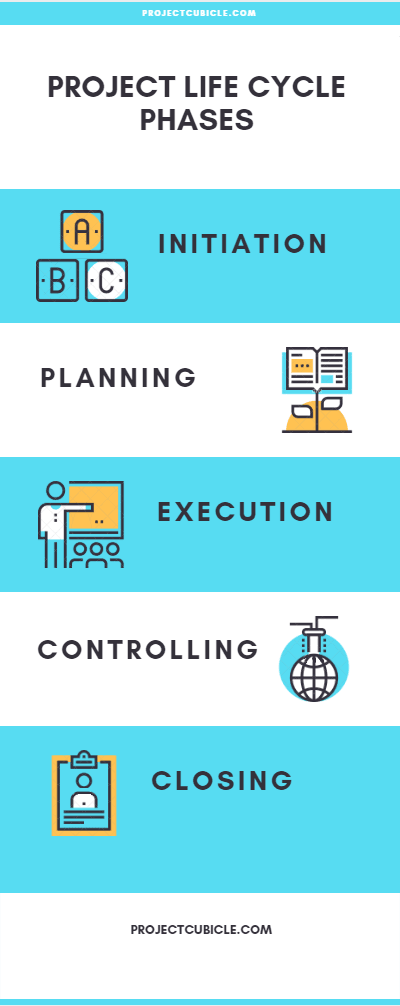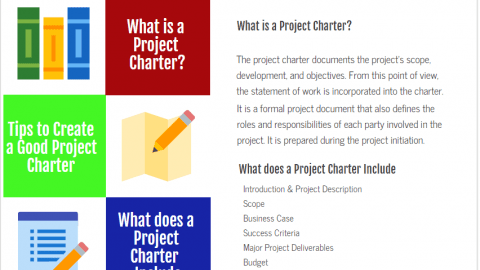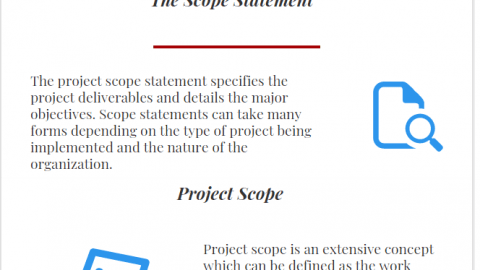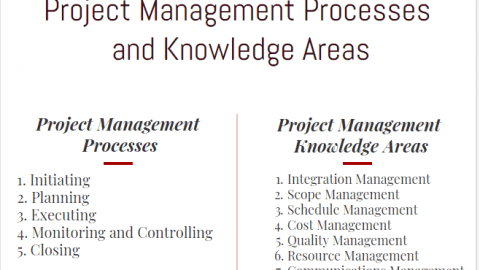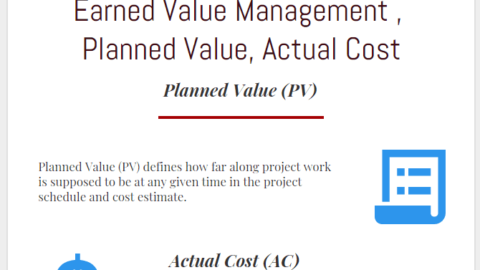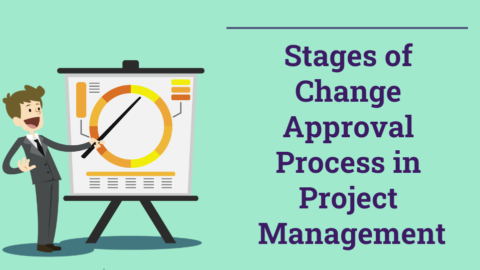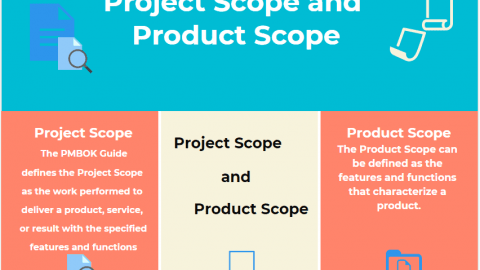Project Life Cycle Phases in Project Management
The main purpose of a successful project management team is to complete the project on time and budget with meeting the customer’s requirements and the project’s objectives. Typically, every project has a beginning, an execution, and a closing phase and all these phases involve several processes and tasks such as defining the scope, creating the baseline schedule, measuring the project’s performance, etc. Typically, project management life cycle phases create a roadmap to organize and manage any type of project successfully. Therefore understanding the requirements of each phase is essential for any project manager who aims at completing the project successfully. In this article, we will review the five project life cycle phases to help you to keep your project organized from initiation to close up.
Table of Contents
What are the Five Project Life Cycle Phases?
Project life cycle phases may vary from one project to another depending on the requirements. Whether you’re managing a small construction project with a few requirements or working on a complicated software development project, the project management life cycle phases are similar.
Typically, the project management life cycle is broken down into five phases.
Phase 1: The Initiation Phase
Phase 2: The Planning Phase
Phase 3: The Implementation (Execution) Phase
Phase 4: The Controlling Phase
Phase 5: The Closing Phase
These five phases create a roadmap to guide your project team from the initiation to the closing. Some project management methodologies combine the monitoring and controlling phase with other phases (execution and closing) and propose 4 phases to be followed.
Five Project Life Cycle Phases
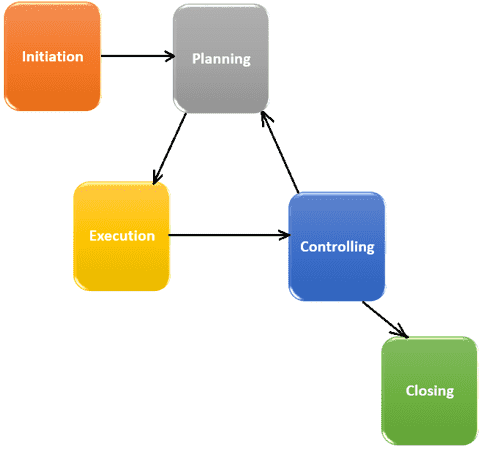
Five Project Life Cycle Phases
1. The Initiation Phase
The Initiation phase is the first phase of the project management life cycle. The product or the project is described, its objectives and requirements are specified during the initiation phase. A feasibility study report may be created to understand whether the project is feasible or not. The aim of creating a feasibility report is to analyze the project objective, specify the solutions, highlight the opportunities and promote decision-making processes. Project deliverables, financial benefits, and incomes are decided by the important stakeholders in this phase. If the project idea is adopted by the important stakeholders, the project manager creates the project charter.
2. The Planning Phase
The Planning phase is one of the most important phases of the project lifecycle. It is directly related to the success of the project. At this phase, the project scope is defined and the project management plan is created. The project manager creates several project management documents including but not limited to the following;
– Project Scope Statement
– WBS (Work Breakdown Structure)
– Milestones
– Baseline Schedule
– Baseline Budget
– Risk Management Plan
After defining the project scope and key milestones clearly, WBS (Work Breakdown Structure) is created to divide and manage the project’s scope into meaningful sections. After that baseline schedule is prepared to create a roadmap for the project’s objectives. Baseline Budget, Risk Management Plan, and other supporting documents, plans, and procedures are created based on the targets emphasized in the scope statement. The project manager prepares the risk management plan to identify the risks and estimate their impacts on the successful completion of the project.
During the planning phase, stakeholders are analyzed, identified, and classified according to their power, influence, and effects on the project. Various models can be used to classify stakeholders according to the project’s requirements.
Beyond these, communication plans, quality plans, quality assurance plans, integration management plans, change management plans can be created during the planning phase.
3. The Implementation (Execution) Phase
The implementation phase of the project life cycle comes into action after the planning phase. A kick-off meeting can be considered as a start milestone of the implementation phase. All the materials, subcontractors, manpower, and various resources are organized to perform the activities. The execution phase includes performing all the tasks and build the deliverables required to complete the project and satisfy the customer. The team is created, team responsibilities are specified, resources are allocated, status meetings are assembled and the project schedule is updated as the work performed at this step.
During the implementation phase, project management activities are performed including but not limited to the following.
– Creating the Project Management Team
– Creating OBS (Organization Breakdown Structure)
– Assigning Responsibilities
– Resource Allocation
– Contract and Claim Management
– Project Execution
– Updating Project Schedule and Project Plan if needed.
4. The Controlling Phase
Project performance is measured and controlled at this step. Work performance reports are created in order to determine the cost and schedule variance. The baseline schedule is compared with the updated schedule and the variances are reported. In the same way, the baseline budget is compared with the actual budget, and cost variances are calculated. Quality performance, risk status, and other related important forecasts and issues are controlled and reported at this step.
5. The Closing Phase
The project closing phase is completed after the completion of all the scope of work and the project management processes. A formal agreement is required between the contractor and the customer. A set of formal processes should be completed before prior to the closure.
Summary
In this article, we reviewed the Project Life Cycle Phases. Basically, the initiation phase describes the project and specifies its objectives. The planning phase defines the key milestones, project scope, WBS (Work Breakdown Structure), and other related important project management documents. Baseline budget and baseline schedule are created at this step. The implementation phase involves all tasks required to build the product. The controlling phase includes performance measurement and project control processes and the closing phase includes all the processes and formal agreement required to close up the project.
However projects life cycle phases may vary from project to project, industry to industry. In some projects and industries, these phases may be combined considering the project’s requirements. The project management life cycle is an important concept in project management. Therefore it will be useful to know Five project life cycle phases for successful project management.
See Also
Project Life Cycle and Product Life Cycle
Project Management Processes and Knowledge Areas

I am a Civil Engineer in HES Consultancy Limited, experience as Director and Resident of Works and Technical, Financial and Administrative Project Audit. I have skills in the area of Procurement, Tenders and Contracting. I am PMP and PRINCE2 Certified. Monitoring and Control with the Earned Value Method.

